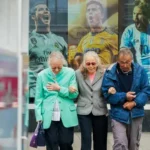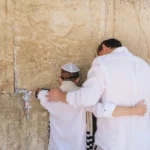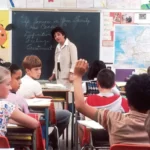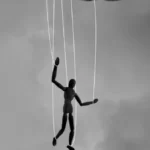The Controversy Surrounding ‘The Da Vinci Code’ and its Sociological Implications
The release of Dan Brown’s novel “The Da Vinci Code” in 2003 marked a significant cultural event that transcended the boundaries of literature, triggering widespread controversy across religious, academic, and sociopolitical spheres. This essay aims to explore the multifaceted controversy surrounding “The Da Vinci Code” through the lens of the sociology of religion. By examining the religious, cultural, and sociopolitical dimensions of the debate, this analysis will shed light on the broader implications for understanding the role of religion in contemporary society.
The Novel and Its Religious Themes
Overview of the Plot
“The Da Vinci Code” is a mystery-thriller that intertwines elements of art, history, religion, and conspiracy theories. The protagonist, Robert Langdon, a Harvard symbologist, becomes embroiled in a complex mystery involving the Catholic Church, secret societies, and cryptic messages hidden in famous works of art. Central to the narrative is the controversial hypothesis that Jesus Christ was married to Mary Magdalene and that they had a child, establishing a secret bloodline that persists to the present day. This hypothesis challenges traditional Christian doctrines and suggests a grand conspiracy to suppress this “truth.”
Religious Provocation
The novel’s religious themes are provocative, as they directly challenge foundational beliefs of Christianity. The suggestion that Jesus was married and fathered children contradicts orthodox Christian teachings, which hold that Jesus lived a celibate life. Furthermore, the portrayal of the Catholic Church as a conspiratorial entity dedicated to hiding these truths exacerbates the controversy. These themes not only captivate readers but also provoke intense reactions from religious communities, particularly within the Catholic Church.
Religious Controversy
The Catholic Church’s Response
The Catholic Church’s response to “The Da Vinci Code” was swift and unequivocal. Church officials, including high-ranking clergy such as Cardinal Tarcisio Bertone, publicly condemned the book as blasphemous and misleading. The Vatican issued statements urging the faithful to avoid the novel and its film adaptation, emphasizing the importance of distinguishing between fiction and historical fact. The Church’s denunciation was rooted in the novel’s challenge to core doctrines and its portrayal of the Church as a deceitful institution.
Theological Implications
The theological implications of “The Da Vinci Code” extend beyond the question of Jesus’ marital status. The novel suggests that the Church has engaged in a centuries-long conspiracy to suppress the truth about Jesus and Mary Magdalene, thereby questioning the legitimacy and authority of the Church. This narrative taps into broader themes of mistrust in institutional authority and the search for hidden truths. For many believers, the novel’s claims were not merely provocative but deeply unsettling, challenging their faith and understanding of religious history.
Academic Criticism
Get the full article AD FREE. Join now for full access to all premium articles.
View Plans & Subscribe Already a member? Log in.














